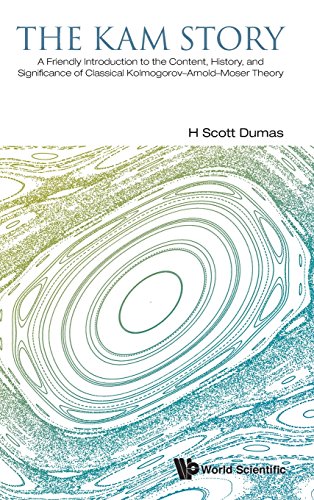

Most ebook files are in PDF format, so you can easily read them using various software such as Foxit Reader or directly on the Google Chrome browser.
Some ebook files are released by publishers in other formats such as .awz, .mobi, .epub, .fb2, etc. You may need to install specific software to read these formats on mobile/PC, such as Calibre.
Please read the tutorial at this link: https://ebookbell.com/faq
We offer FREE conversion to the popular formats you request; however, this may take some time. Therefore, right after payment, please email us, and we will try to provide the service as quickly as possible.
For some exceptional file formats or broken links (if any), please refrain from opening any disputes. Instead, email us first, and we will try to assist within a maximum of 6 hours.
EbookBell Team

4.3
78 reviewsThe scope of the book is broad: it not only describes KAM theory in some detail, but also presents its historical context (thus showing why it was a "breakthrough"). Also discussed are applications of KAM theory (especially to celestial mechanics and statistical mechanics) and the parts of mathematics and physics in which KAM theory resides (dynamical systems, classical mechanics, and Hamiltonian perturbation theory).
Although a number of sources on KAM theory are now available for experts, this book attempts to fill a long-standing gap at a more descriptive level. It stands out very clearly from existing publications on KAM theory because it leads the reader through an accessible account of the theory and places it in its proper context in mathematics, physics, and the history of science.
Readership: Undergraduates, graduates, and researchers broadly interested in Hamiltonian perturbation theory, statistical mechanics, ergodic theory, Nekhoroshev theory, Arnold diffusion, nonlinear dynamics, dynamical systems, chaos theory, classical mechanics, and the history of these subjects.